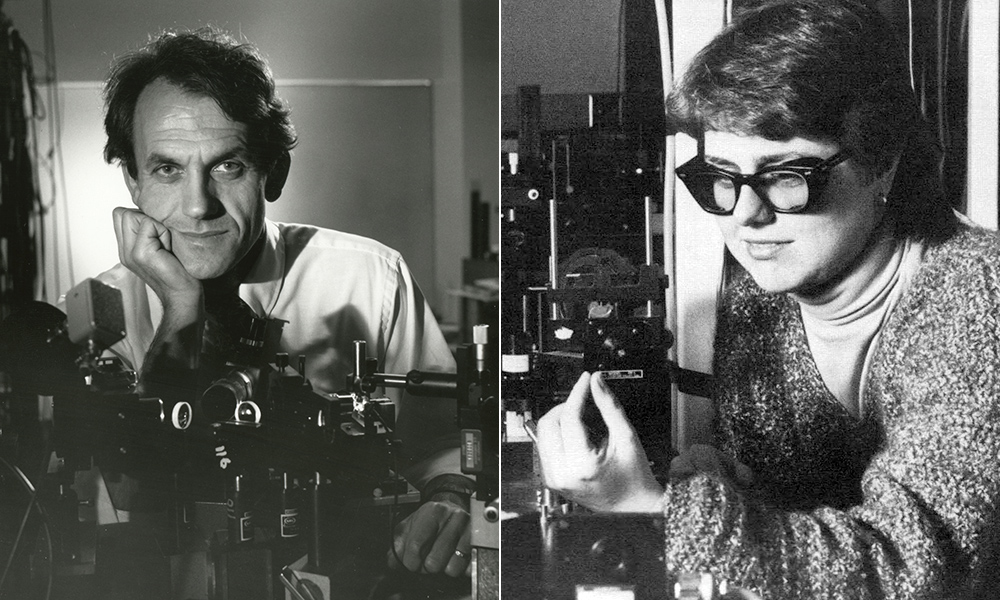
Rochester breakthrough in laser science earns Nobel Prize
University of Rochester doctoral graduate Donna Strickland ’89 (PhD) and former optics faculty member Gérard Mourou shared the Nobel Prize in Physics today for work they undertook at the University’s Laboratory for Laser Energetics. Their breakthrough paved the way for the creating very short and very intense laser pulses now used in a variety of applications, from LASIK eye surgery to the manufacturing of materials used in cell phones.
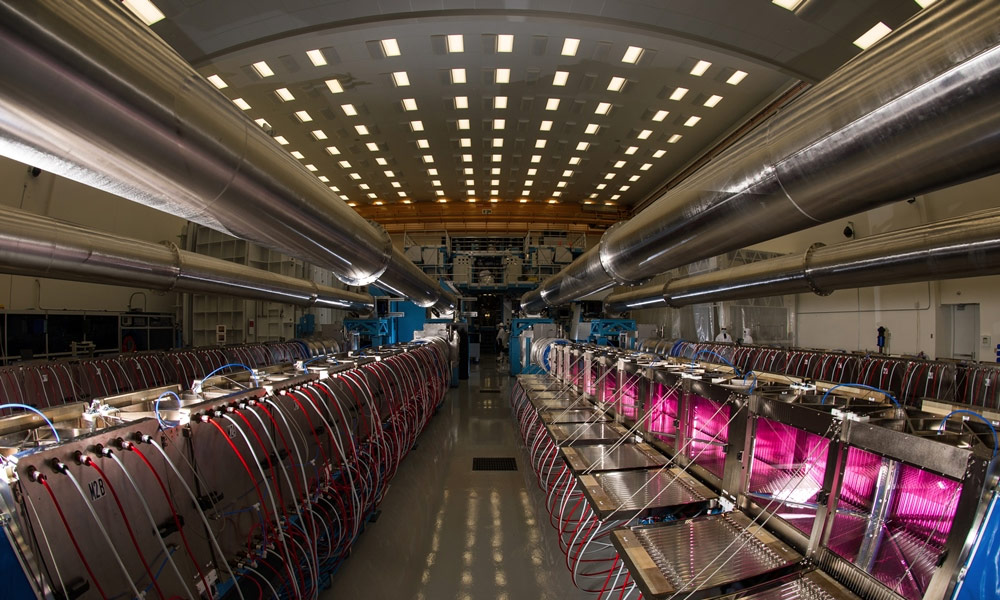
Laboratory for Laser Energetics to receive highest level of federal funding to date
After a great deal of uncertainty, the final FY 2019 Energy and Water bill that was just passed by the U.S. Congress includes $80 million for the LLE, a $5 million increase over FY 2018.
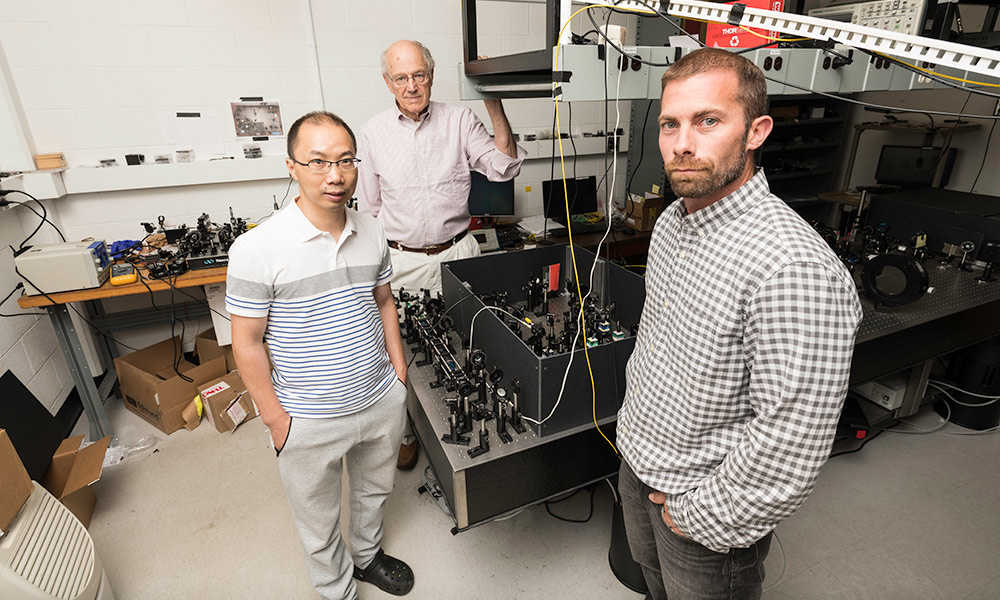
Wave particle duality of light: Resolving quantum ‘weirdness’
For 90 years physicists have known that incompatibly opposite properties are inherent in all elementary particles. Now Rochester researchers say they’ve resolved this weird and inescapable wave-particle duality.
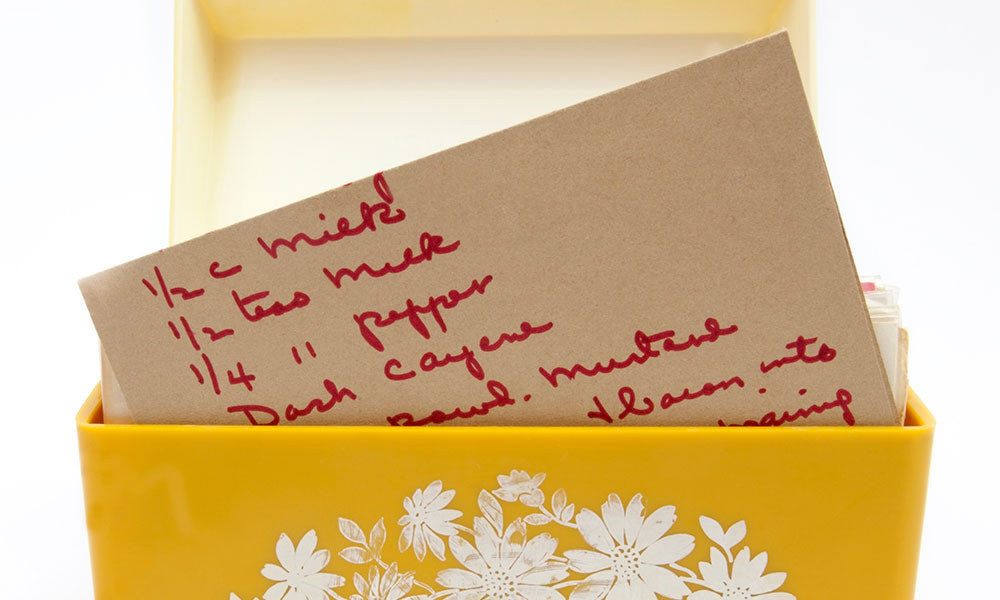
Researchers target protein that protects bacteria’s DNA ‘recipes’
In a new study, Rochester biologists describe some of the unique characteristics of the protein that makes bacterial like E. coli so resilient. Their research may lead to more targeted antibiotics and other drug therapies.
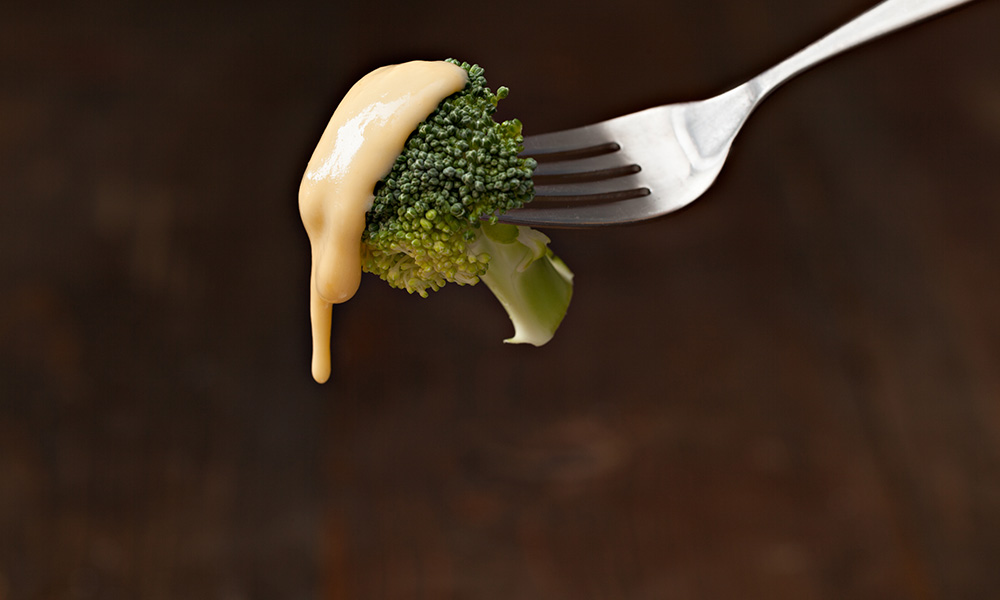
Lipid droplets play crucial roles beyond fat storage
You may not know it, but whenever you eat cheese, ice cream, or yogurt, you are also ingesting microscopic lipid droplets. Long thought of merely as formless blobs of fat, lipids are now proving crucial for understanding how embryos survive and how obesity affects the body.
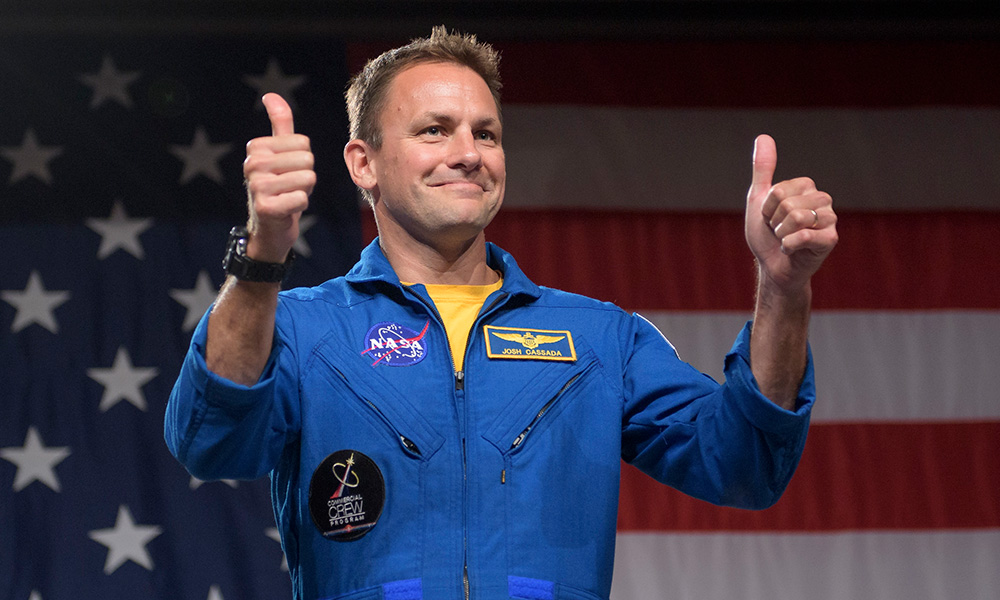
An alumnus in space
University of Rochester alumnus Josh Cassada ’00 (PhD) has been named one of nine NASA astronauts making up the first U.S. crew in history to journey to space in American-made, commercial spacecraft. Cassada would be the third Rochester alumnus to go to space, joining Jim Pawelczyk ’82 and Ed Gibson ’59.
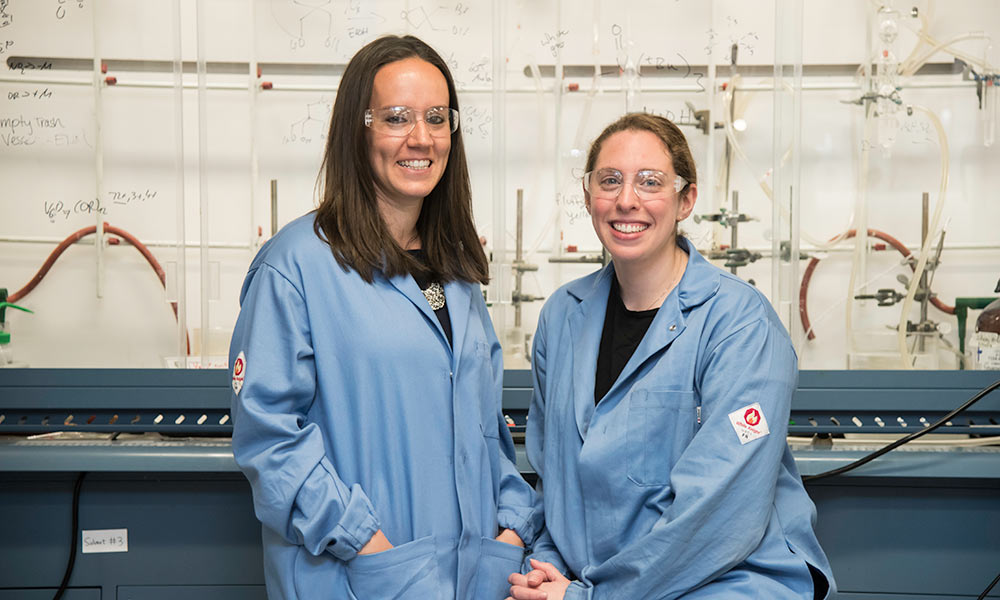
Group ‘cleaves’ oxygen from surface of metal oxide, enhancing reactivity
A new method of opening solid state materials to oxygenation, using metallic oxide clusters, can eliminate guesswork from discovery of new catalysts. The ultimate goal is to more efficiently convert greenhouse gases to useful fuels.
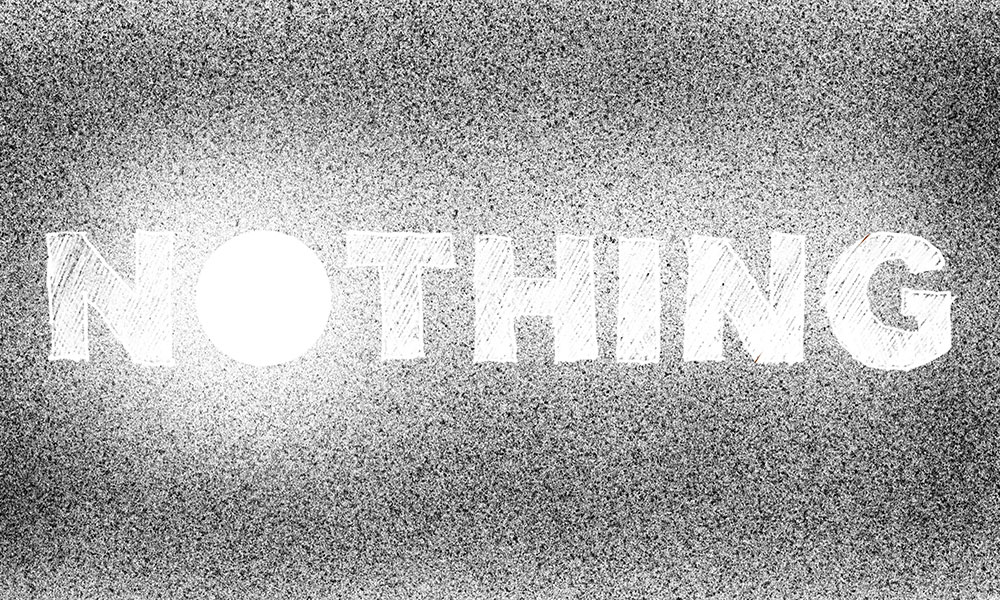
Ultimate vacuum chamber creates nothing
The concept of nothingness is the subject of everything from children’s books to philosophical debate. In the universe, however, is nothing ever possible? How have scientists, philosophers, and mathematicians thought about the concept of nothing throughout history and up to the present?

Researchers unravel more mysteries of metallic hydrogen
Liquid metallic hydrogen is not present naturally on Earth and has only been created in a handful of places, including the University of Rochester’s Laboratory for Laser Energetics. LLE scientists are researching the properties of liquid metallic hyrdrogen to understand how planets both inside and outside our solar system form magnetic shields.
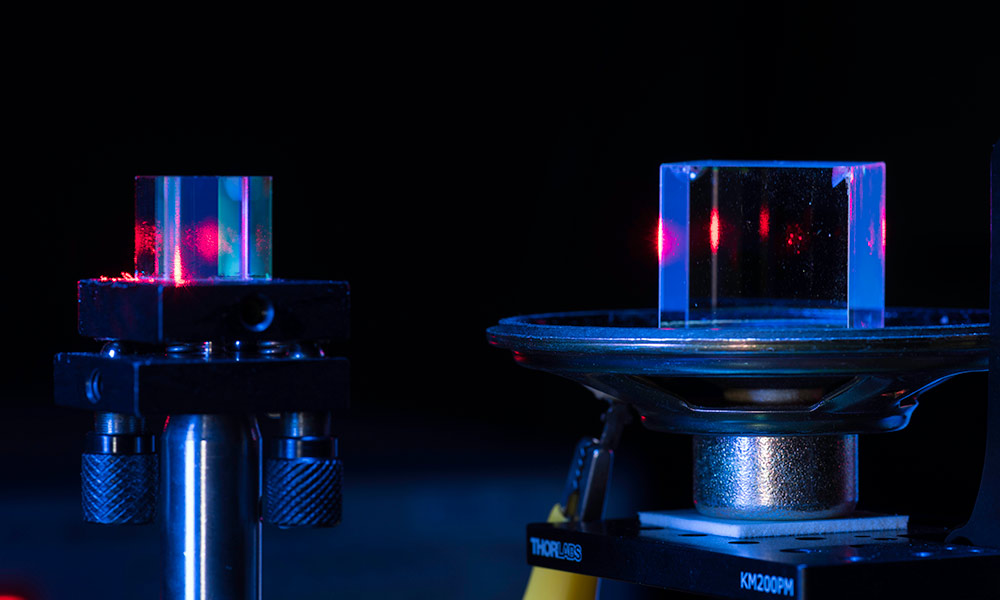
Measuring each point of a beam of light
A University of Rochester research team has devised a much simpler way to measure beams of light—even powerful, superfast pulsed laser beams that require very complicated devices to characterize their properties.
